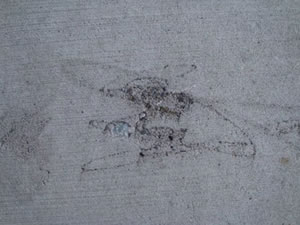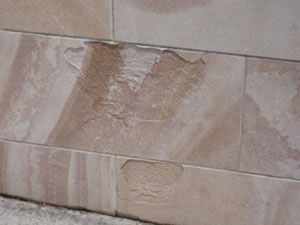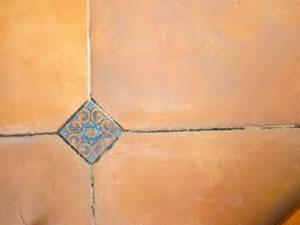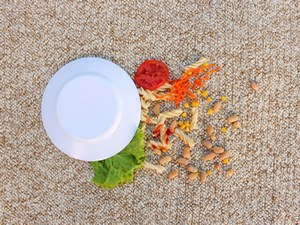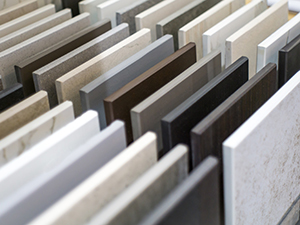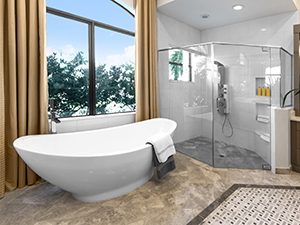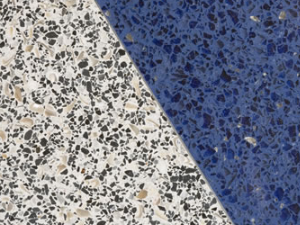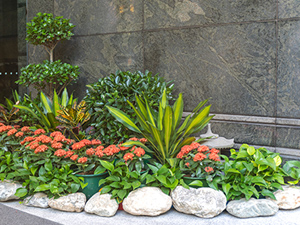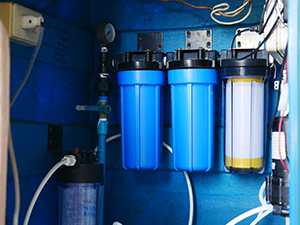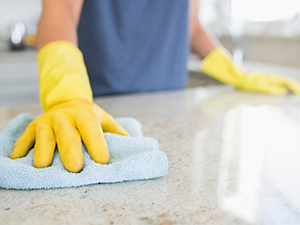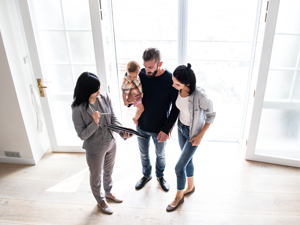This article was published March 11, 2020. New facts are continually becoming available regarding COVID-19. Consequently, this article will eventually become outdated. For the most up-to-date information, please refer to the Center for Disease Control , the World Health Organization and the Environmental Protection Agency.
Most people know by now, with all the media attention given to a new strain of coronavirus, that coronavirus and similar viruses are distributed through coughing, sneezing, talking, and physical contact. Our clients want to know whether they should be concerned about coronavirus on carpets and upholstery. It’s not as if you can douse your furniture and carpets with hand sanitizer or haphazardly use any disinfectant. This article offers some answers, as well as some valuable information on how to sanitize your home against any cold or flu virus.
How long can coronavirus survive on carpet and upholstery?
The infectious lifespan of viruses in general depends on temperature, humidity, and the porosity of the surface where the virus is found. We have flu “season,” because cold, dry environments allow viruses to remain infectious longer.
In a 2011 study called Survival of Influenza A(H1N1) on Materials Found in Households: Implications for Infection Control by Dr. Jane Greatorex at Public Health England, findings showed the virus remained infectious about twice as long on non-porous surfaces, such as plastic and metal, as porous surfaces, like clothing, wood, and the like. Your carpet and upholstery is porous, which means it is less hospitable to viruses than non-porous surfaces. However, your carpet and upholstery is still cool and dry.
According to a study recently published in The Journal of Hospital Infections entitled Persistence of coronaviruses on inanimate surfaces and their inactivation with biocidal agents, the new strain of coronavirus, like similar viruses, such as SARS and MERS, can survive for anywhere from 2 hours to 9 days on a surface. Although there are proven methods for preventing the spread of known coronaviruses, these methods have never been tested against this specific virus. So, until more information is available, our recommendations for dealing with the new strain of coronavirus on carpet and upholstery can only be based on what coronaviruses in general, and we cannot offer any guarantees that these measures and professional carpet cleaning will eliminate the new strain of coronaviruses.
Keeping Surfaces Clean
It is always a good idea to protect your family by keeping all of your surfaces clean, especially during flu season.
- Wash your hands often with sanitizing liquid soap and warm water.
- Disinfect surfaces that see a lot of hand-traffic, such as doorknobs, and light switches, as well as countertops, walls, and floors.
- Use a HEPA filter in your vacuum so that small particles are trapped instead of being blown back into the air. Vacuum often.
- Schedule professional cleaning services for your carpets, rugs, and upholstery as soon as social distancing requirements are lifted and you feel safe to do so.
- Check this list for products that can help prevent the spread of viruses. Be sure to check the label and verify they are specifically marked as safe to use on carpet and upholstery.
Why Upholstery and Carpet Cleaning Matters
As you step up your normal cleaning routine and sanitize your home, don’t forget about your fine surfaces, such as upholstery, carpet, and rugs. These surfaces are often overlooked. The couch is a cozy, comforting place to rest when one has a virus.
Vacuuming regularly can help keep your carpeting and interior textiles clean and fresh. Use high quality vacuum bags in order to prevent particles from escaping your vacuum, returning into the indoor air, and settling back onto carpets and upholstery, do not allow bags to become overly full, and never reuse bags.
For more good, sound care information, including how to maintain your vacuum cleaner, read our free, downloadable Carpet and Interior Textiles Care Guide. Chances are you will find the answers to any questions you may have about caring for your carpet, upholstery, or other interior textiles in this valuable resource, and of course, you can always feel free to contact us with specific questions.
Although we cannot claim to completely eliminate the possibility of preventing the spread of the new strain of coronavirus, or any virus for that matter, we can tell you that the conditions created by professional carpet cleaning are not hospitable to the infectious lifespan of viruses. Proper professional carpet and upholstery cleaning involves both heat and moisture, so having your carpets and upholstery cleaned can help ease your mind. If the new strain of coronavirus proves to be like those already tested in the past, professional cleaning will decrease the chances of coronavirus surviving on your interior textiles. Once social distancing measures are lifted and you feel safe to do so, schedule professional cleaning services.



